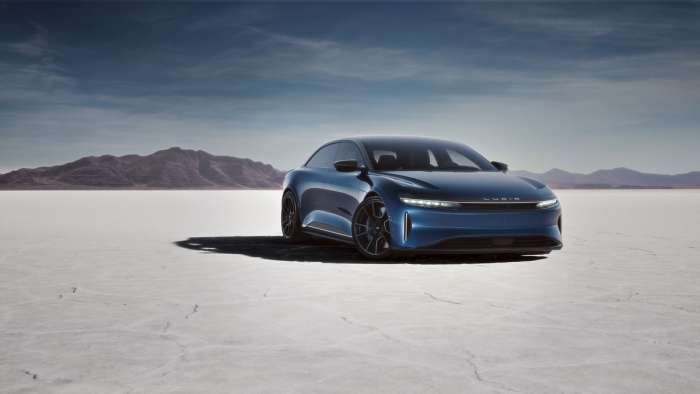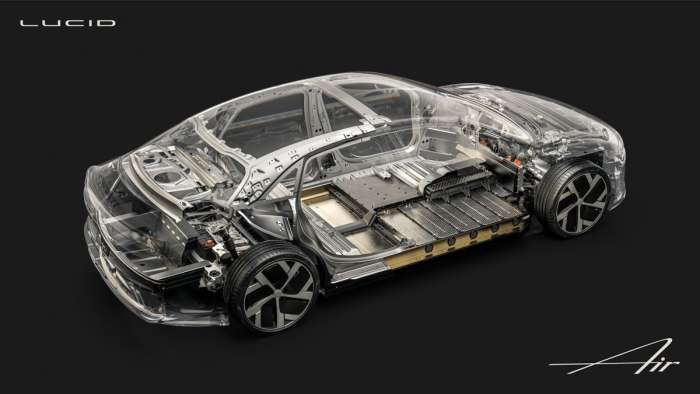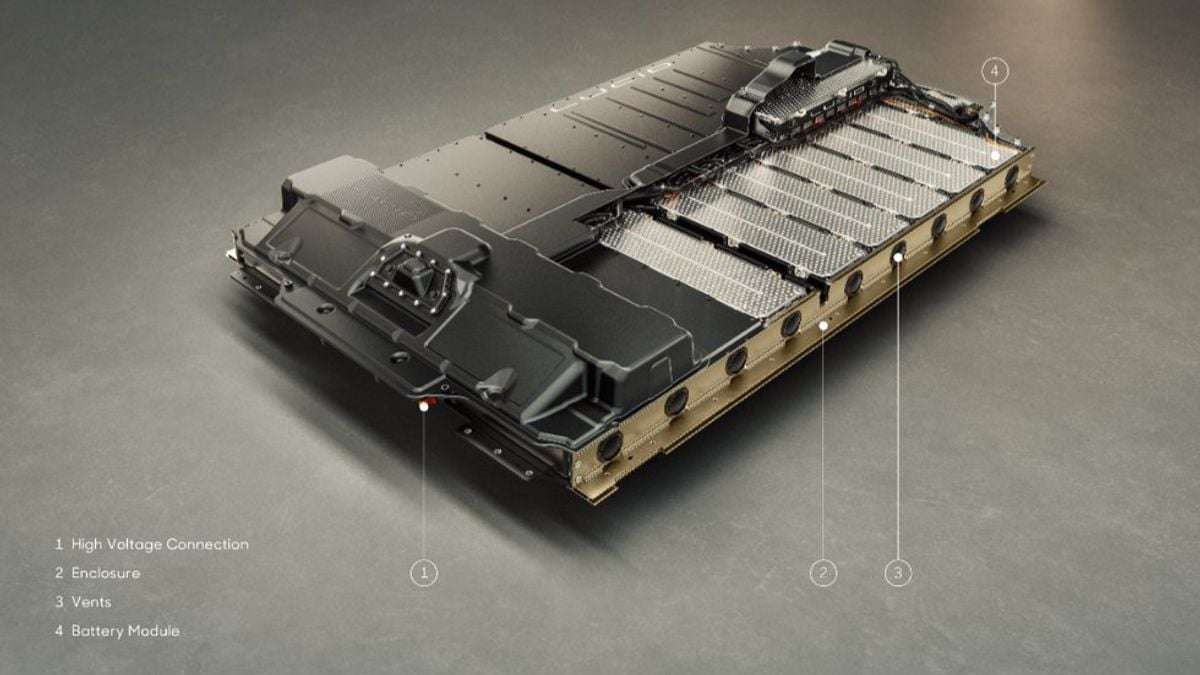Terrible puns aside, it's a very well-designed pack.
Munro & Associates are back with another video on the Lucid Air Grand Touring, this time breaking down the battery pack to see what makes it tick. Lead Engineer Julian Aytes and Sr. Engineer Antonio DiNunno lead us through the battery pack's design and systems, which have been disassembled down to the modular level.
The Lucid Air Grand Touring's pack features 22 modules with 19 on its base level and a further three on top of that. This is in contrast to vehicles lower down the Lucid Air food chain like the Pure and Touring, which do away with some of the modules for a total of 18.
While this does shorten the range somewhat it also provides extra foot room for passengers in the rear seats, as that's where the modules are left out. Munro's Air GT features a 112 kWh pack while the Pure and Touring make do with a still-ample 92 kWh.
Interestingly the Munro boys tell us that the top-end models in the Air lineup, the Grand Touring Performance and the upcoming Air Sapphire use the same number of modules in the same arrangement as their stablemates, but use a different battery chemistry to unlock 118 kWh of useable power. This is the first time the guys have seen that done in a production EV.
 Pack Structure
Pack Structure
The foundation of all of Lucid's battery packs is a glass-fiber composite base that makes up the floor of the tray. Aluminum castings and extrusions are mounted to this using screws and structural adhesives which the guys tell us took them ages to pry apart and, combined with components being damaged during the disassembly process, mean that the batteries aren't really designed with serviceability in mind. The pack's busbars are another area that adds complexity, as they're located underneath the modules instead of on top as found in Rivian and Tesla designs.
 Battery Module Breakdown
Battery Module Breakdown
Lucid's battery modules are made up of 300 cells per module and don't rely on moulded potting to locate them. The guys describe this as an elegant construction and say that doing things this way reduces both the cost and complexity of manufacturing and assembly. The pack's cooling system is also designed in a way that keeps the overall package compact and short, which is good for weight distribution and handling.
Related Story: Lucid Leases 60,000 Square Foot R&D Space In Fremont
Volumetric Efficiency
All of this tight packaging comes down to volumetric efficiency and making the most of the space available. The guys say that Lucid has taken this to the extreme, and that it's a philosophy that carries throughout the whole vehicle which has been very well executed. That's just one of the reasons that the Lucid Air is the most efficient electric vehicle on sale today. Check out the full video below and read about Lucid's Tech Talk on the battery right here.
Images by Lucid Motors licensed by CC BY 4.0.
James Walker is an Automotive Journalist at Torque News focusing on Lucid Motors. If it's got wheels he's interested, and he's looking forward to seeing what kind of cars the EV revolution brings us. Whether it's fast, slow, new, or old, James wants to have a look around it and share it in print and on video, ideally with some twisty roads involved. You can connect with James on Twitter, Instagram, and LinkedIn.





